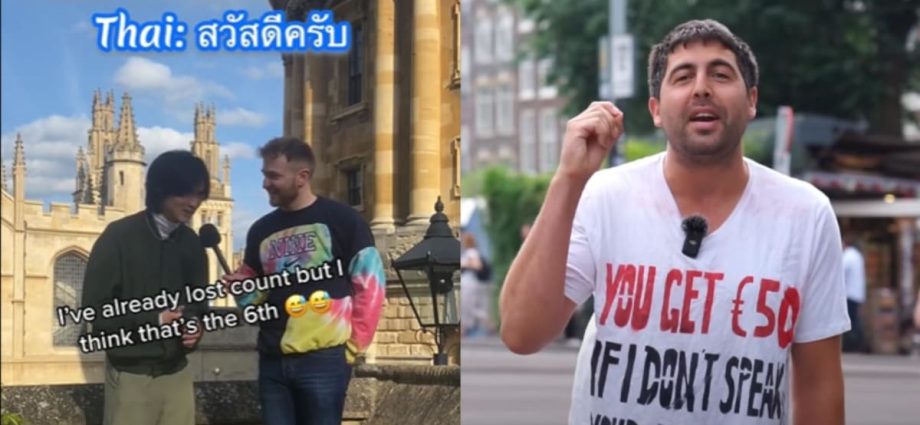
There are countless examples of children growing up multilingual, such as with the One Parent One Language method where each parent speaks exclusively in one language to the child. By associating one language with a particular person or function, our brain can be trained to know exactly when and where each language is to be used.
EXPOSURE TO THE SPOKEN LANGUAGE IS KEY
While many popular polyglot influencers seem to be self-taught, we cannot expect to achieve fluency by simply relying on lessons, books, and apps.
Though these are useful tools to help explain grammar, vocabulary, and other theoretical aspects, we need to be immersed in the spoken language as much as possible to foster speaking proficiency, according to linguistic expert Stephen Krashen.
Opportunities for this include conversing with native speakers, watching movies or shows in the target language, and simply letting the spoken language play in the background. It increases our chances of encountering frequently used words and phrases, and the better we can absorb and replicate the natural rhythm, intonation, and informal expressions.
Jonas Fine Tan, for instance, learnt Thai not just from textbooks but by interacting with native speakers, hanging out at a Thai restaurant near his mother’s workplace over the years. Such real-world practice can help not only to improve speaking proficiency but also to understand the nuances, colloquialisms, and cultural contexts over a detached set of grammar rules and vocabulary.

